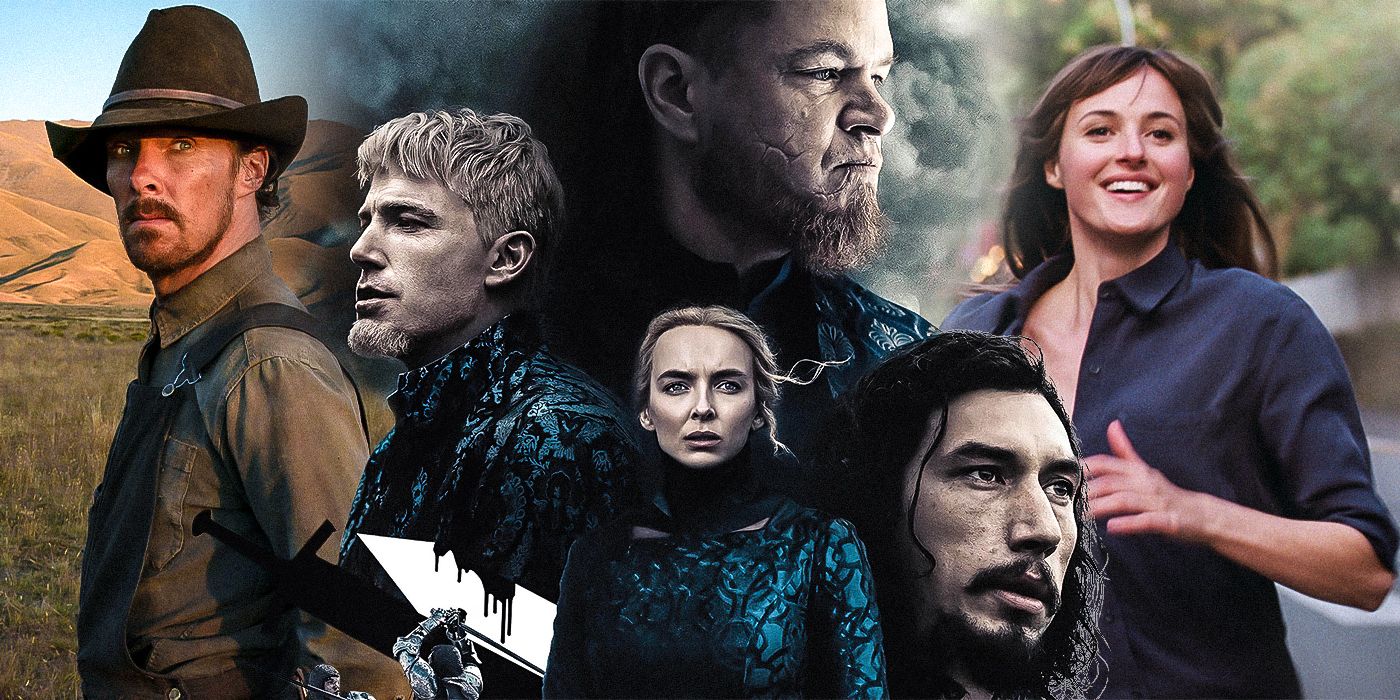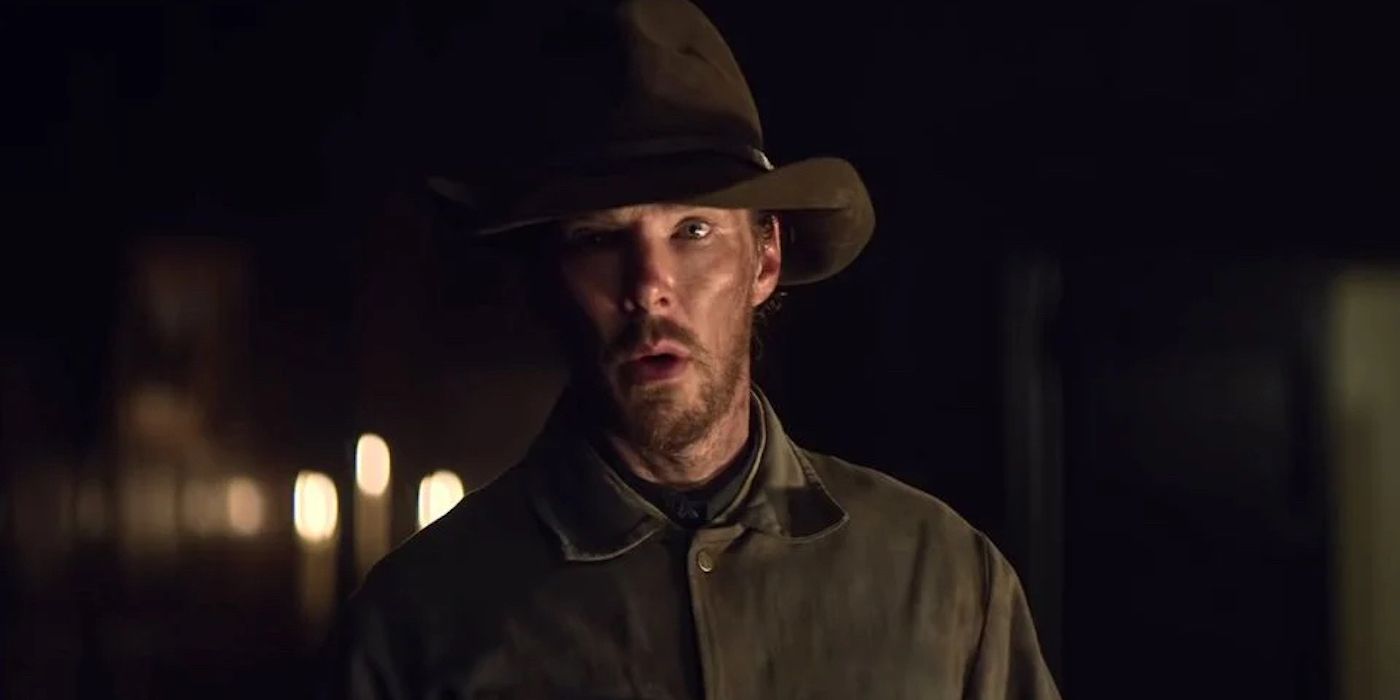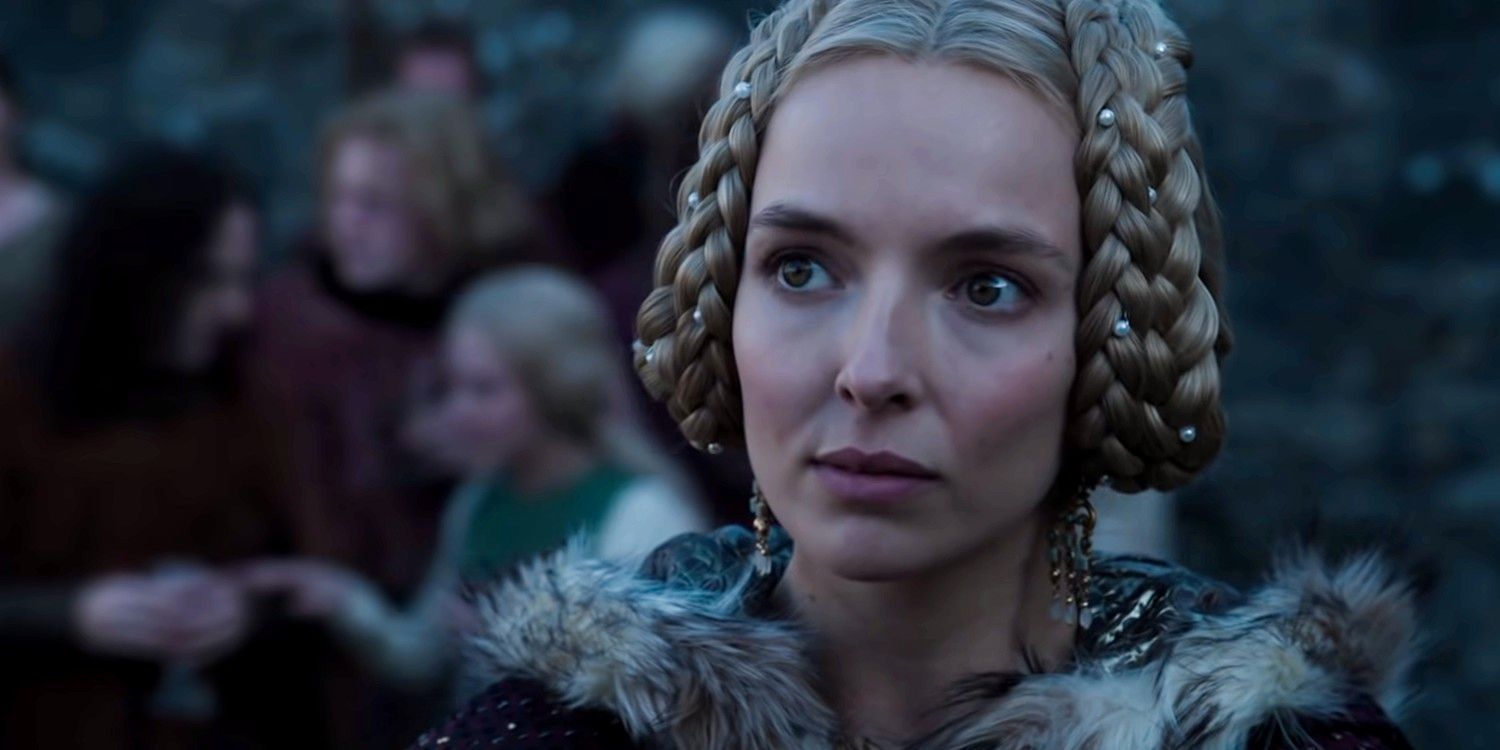If you keep abreast of all the critically acclaimed films in a given year fighting for awards consideration, certain trends always tend to emerge. You get a surprising number of films shot in black and white; maybe a lot of movies take place in Florida; perhaps one actor keeps showing up across your viewing. Of course, none of these trends arise preplanned. Something in the creative ether strikes the hearts and minds of certain filmmakers, and we have the pleasure of connecting the dots in retrospect. 2021 produced a couple of these trends. For one, the aforementioned inordinate number of black and white films applies, with Belfast, C'mon C'mon, Passing, and The Tragedy of Macbeth all presented in monochrome.
Another trend that has emerged, a tad more under the radar, is the use of chapters to tell stories. Films such as Jane Campion's western The Power of the Dog, Joachim Trier's romantic dramedy The Worst Person in the World, Wes Anderson's ode to journalism The French Dispatch, and Ridley Scott's sexual assault drama The Last Duel all structure themselves around numbered, easily identifiable chapters, rather than employing a traditional, linear structure most narrative films utilize. Of course, chapter breaks are a storytelling device that predate cinema, but they are sparingly implemented within the art form. Why now are we seeing this mini-boom, and what storytelling benefits arise when breaking your film into chapters?
Someone enormously responsible for more filmmakers to experiment with how they tell their stories is Quentin Tarantino. No, he was not the first filmmaker ever to craft his films around distinct chapters, but the impact of films like Pulp Fiction, Kill Bill, and Inglourious Basterds shined a light on the idea for many people. Creating these sequences that, in a way, operated as their own short films while building on what the previous chapter established invigorated audiences and filmmakers alike, showing that there was more than one way to make a movie. Films ranging from Barry Jenkins' Best Picture winner Moonlight to Park Chan-wook's erotic thriller The Handmaiden to even Zack Snyder's Justice League have taken the idea and ran with it for their own means.
The Last Duel takes its cue from the same impulse that guided the decision for The Handmaiden. Both of these films fragment their narratives for the purpose of shifting the perspective of the film. Each of the three chapters in The Last Duel is told from a different character's point of view: the first from Matt Damon's Sir Jean de Carrouges, the second from Adam Driver's Jacques Le Gris, and the third from Jodie Comer's Marguerite de Carrouges. In a story concerned with the truth and how our own perceptions of events can obfuscate that truth, isolating these three perspectives into their own contained sequences proves vital for the audience to observe the proceedings and understand why the characters behave the ways they do. Had the film been constantly shifting between the three people, we would completely lose any handle on the story and the truth it wants to expose, and our understanding of the characters would be filled with contradiction on top of contradiction. The Last Duel needs three unmistakable sections for the drama to succeed.
Similarly, The French Dispatch uses its chapter structure to focus on different characters; where the two differ is that Anderson's film is an explicit anthology film. Each chapter of The French Dispatch tells its own, complete story, rather than being components to this large, overarching story. Mixing together the individual tales that each have their own unique styles and thematic concerns would make absolutely no sense. The structure also mimics the experience of someone reading an issue of The French Dispatch, the fictional magazine made in the mold of The New Yorker. Eliminating the chapters would destroy the entire purpose of the film, a love letter to the glory days of well-funded journalism.
From a completely different angle, The Power of the Dog contains five chapters that, at first glance, do not seem all that necessary for the flow of the story. They don't drastically change the film's points of view, locations, or stories. No, The Power of the Dog implements its chapters in a more novelistic approach. The five chapters comprising the film all serve to deepen the relationship between each of the primary supporting characters — Kirsten Dunst, Jesse Plemons, and Kodi Smit-McPhee — and the central figure Phil Burbank (Benedict Cumberbatch). A conflict will present itself within a particular chapter between Phil and another character, and when the film transitions to the next chapter, we are able to see a passage of time and how that conflict has embedded itself in every interaction between the two. Cumberbatch and Dunst's characters evolve from resentment to passive-aggression to total isolation from one another as each chapter progresses.
The Power of the Dog also utilizes an old trick of serialization: cliffhangers, where each chapter leaves you on a big moment or shift that compels you to move to the next chapter and see what happens. Jane Campion, between this and her previous film Bright Star in 2009, made two seasons of the television show Top of the Lake. In serialized television, cliffhangers are key; otherwise, why would someone want to tune in the next week? The Power of the Dog takes that wanting to heart, and through its chapter structure, the ability to constantly keep an audience's attention and empathy lies in the promise of an answer for their questions about motivation, backstory, or just what exactly is happening.
Finally, there is The Worst Person in the World, which is comprised of the most chapters of all these films with a whopping 12 (plus and prologue and an epilogue). Joachim Trier's latest takes the episodic structure of something like The French Dispatch, where each of the chapters zero in on a specific incident or moment in the romantic life of Julie (Renate Reinsve), and applies it to the novelistic ethos of The Power of the Dog. One chapter revolves around a party she crashes, and one tackles a break-up. They exist effectively as a dozen short films, but all of them are needed together (and in this particular order) to make you understand Julie as a full human being. Choosing to tell the story this way forces Trier to apply a tremendous amount of focus on a chapter as a whole to make it a satisfying piece unto itself instead of creating scenes that could be purely functional pieces for exposition or plot. These chapter breaks also aid in extending the timeline of the story, making a relationship feel like something that has gone on for years despite not taking up much running time.
The need to shake up the traditional three-act structure of most narrative feature films comes from myriad different reasons. How the story doles out information about its plot mechanics or characters may require the use of chapters; or they might be necessary to capture a broad, grand story without a lot of time; or a filmmaker just wants to mess with the formula. Whatever reason, the execution of these chapter breaks requires a deft, confident touch to sell the structural transformation to the moviegoing audience. Luckily in 2021, we have four top-form filmmakers doing just that.




